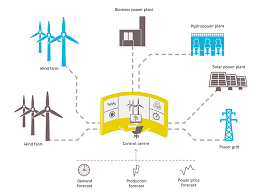


Rs 324 only/-
9827534658 ind.thesisp@gmail.com
Indore Vijaywada
A computational Grid enables the effective access to high performance computing resources. It supports the sharing and coordinated use of resources, independently from their physical type and location, in dynamic virtual organizations that share the same goal. Grid infrastructure provides us with the ability to dynamically link together resources as an ensemble to support the execution of large-scale, resource-intensive, and distributed applications. With its multitude of heterogeneous resources, a proper scheduling and efficient load balancing across the Grid is required for improving the performance of the system. Load balancing has been discussed in traditional distributed systems literature for more than three decades. Various strategies and algorithms have been proposed, implemented, and classified in a number of studies. In those studies, the load balancing algorithms attempt to improve the response time of the user's submitted applications by ensuring maximal utilization of available resources. The main goal of this type of algorithm is to prevent, if possible, the condition in which some processors are overloaded with a set of tasks while others are lightly loaded or even idle.
Conclusion
In this respect our results show a strong incentive to expand the spatial distribution of renewable units as small scale deployment greatly limits what is achievable in terms of penetration level. This is however without considering decisive economic factors such as needed transmission investments or market design, which surely are aspects that have to be accounted for. Our findings that increasing spatial extension plays a strong role for VREs integration is also in good general concordance with previous studies,
| IEEE Base Paper | |||
| Doc | Synopsis | ||
| Source Code | Complete Code files |